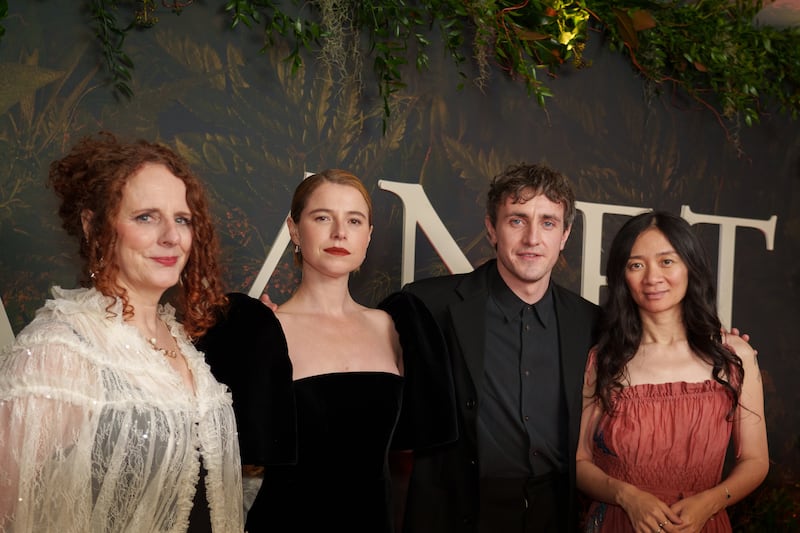John Tuomey has a memory for places. Partly a scattered patchwork, it is nonetheless patterned with vivid recollections. “It was kind of a retrieval,” says the award-winning architect, who has just written a memoir, The First Quarter. If you think a designer’s memoir might be a lavish coffee-table affair, full of glossy, unpeopled pictures of lofty spaces, think again.
Tuomey describes putting the book together as a process of shaving away. “I liked the silence of writing,” he says. “And editing, cutting back. By the time it went to the publisher, it was as short as it could be, before it disappeared.” There is still plenty there. It is a book rich in imagery through words, in recollection and in reflection. The only actual pictures are gentle little pencil sketches, which hint at enough to make you want more. And when you do want more, the best places to go are the buildings he has designed with his partner, both professionally and in life, Sheila O’Donnell, the other half of O’Donnell + Tuomey. (They met as students at University College Dublin.)
Try Ranelagh Multi-Denominational School, the Irish Film Institute or the Timberyard social-housing complex in Dublin, the Lewis Glucksman Gallery at University College Cork, or the Lyric Theatre in Belfast. If there is an O’Donnell + Tuomey style, it is a love of brick and a fondness for interesting angles – as at the architect’s own house, in Rathmines, Dublin.
“It’s in a heap,” Tuomey says, apologetically, before I visit. “We’re building a studio in the garden.” The studio is a work in progress reached via a winding brick path in the narrow garden. This reveals, after a screen of trees, the enormous dome of the Church of Mary Immaculate, Refuge of Sinners. “It’s wonderful, isn’t it?” Tuomey says.
RM Block
The studio, which will include downstairs and upstairs work spaces for the couple, proves that, although architecture is collaborative, sometimes even the best collaborators need a room of their own. It also answers the question of how much an architect’s work might change over time. It is a question I put to Tuomey back in the house, in the garden-level sittingroom off the kitchen. (It is not in a heap.)
The kitchen has pale-blue units and a welcoming feel. Signs of a recent birthday, in the form of bunting, remain over an alcove. Tuomey is clearly not one of those architects who prefers their creations to show no signs of life. The sittingroom and study area are filled with books, and art, including works by Nick Miller, Robert Armstrong, Briget Riley and the late Janet Mullarney, a much-missed friend.
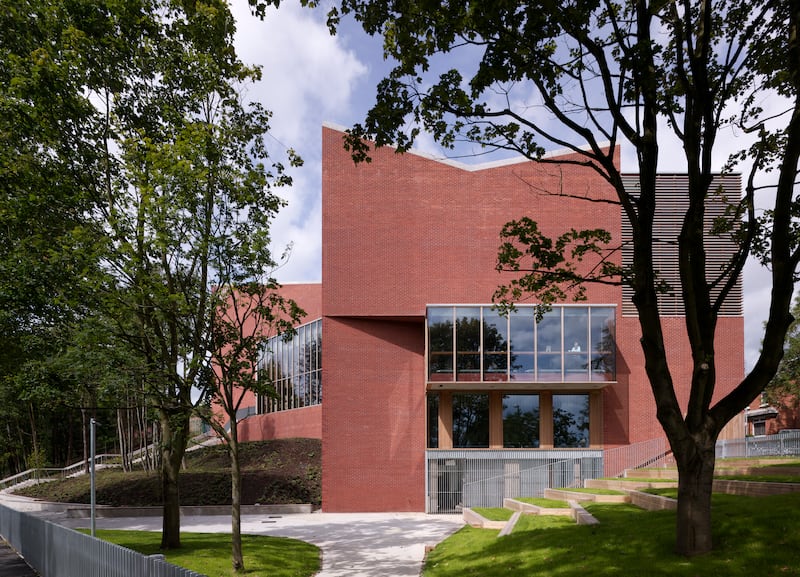
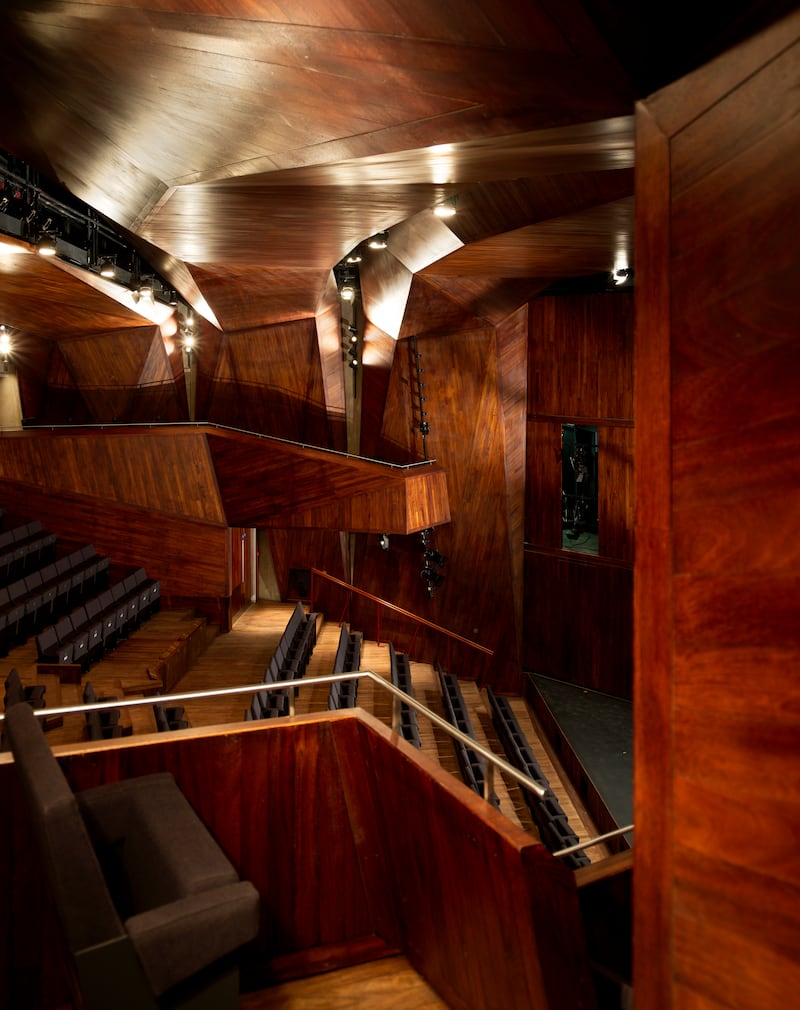
“I’m absolutely sure that when I was younger, at the time I’m talking about in the book, I thought the purpose of architecture was to change the world, that you weren’t doing it right unless you were throwing it over,” he says.
“Then I started to think that a building should remind you of the qualities you find in older buildings. You should start with finding a sense of place or a feeling of belonging. Now I think I’m more at the stage of thinking about the buildings that I’m designing, that we’re designing, and I’m imagining them old. I’m thinking about making that endures.”
Does the title The First Quarter mean three more books are on the way? “No,” he says, laughing. “There are quarters in architecture too. The book ends when I’m 25, but it would be optimistic to think I might make it to 100.” The memoir began during Covid, after Tuomey’s younger sister asked him about his childhood. “There are 10 years between the siblings,” he explains. His father had been an engineer, so the family moved house a great deal, following his projects around the country. “So I started writing about the places we lived before she was born. Then I realised that you write one thing and it reminds you of something else.”
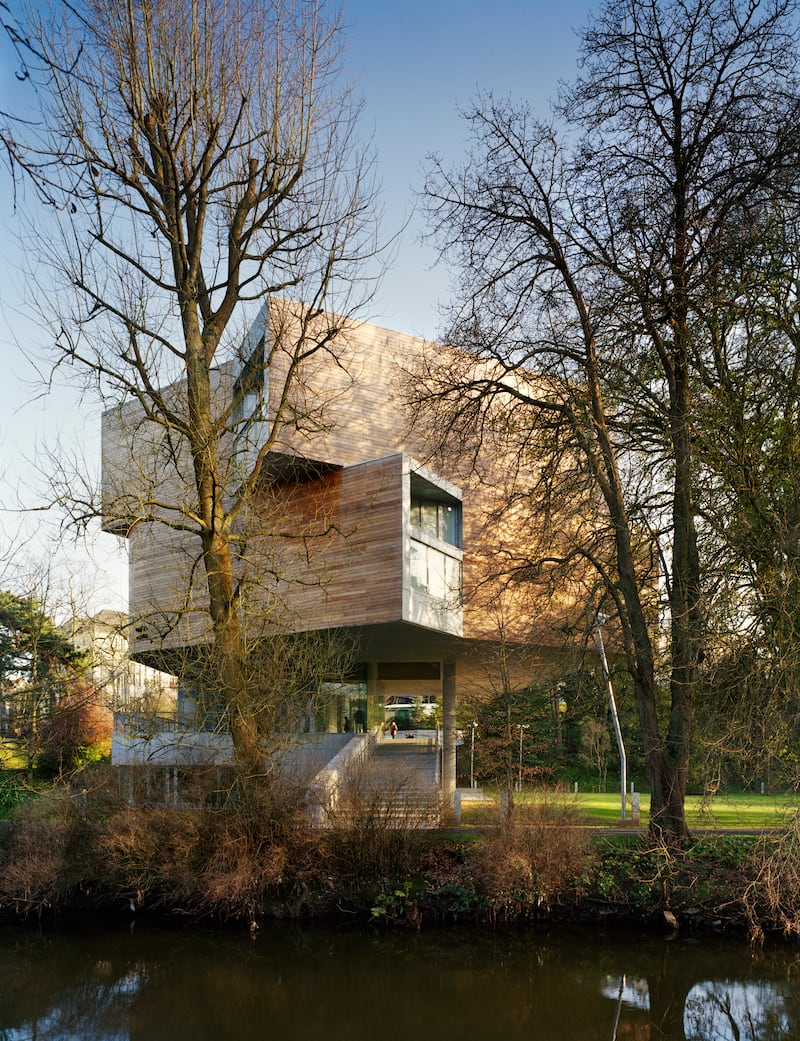
That process lends the memoir a sense of nostalgia: early bread deliveries from the back of a baker’s van, milk arriving by bucket on the handlebars of a bicycle; pigs that let you ride them on the farm, horses making way for tractors. Tuomey’s writing has a poetic style that balances on echoes, repeated words and sounds, which add to the idea of the early chapters being an elegy for childhood. As a writer, as well as a person, he reveals a sensitivity, alive to poetry and beauty. He also reveals an irreverent streak of wit and fun.
There are priests, retreats and saints, a Catholic background coming to clash with philosophies, feminism and new ideas gained as a student in Dublin in the 1970s. In this way the memoir also becomes an elegy to a way of life that is no longer available to the latest generations of students. He and his friends shuttled between apartments. You could choose to move in a city that may have been experiencing bleak economics but wasn’t yet closed off to all but the wealthy.
[ Irish duo driving design on a world stage: O’Donnell + Tuomey ArchitectsOpens in new window ]
[ Irish couple awarded prestigious Royal Institute of British Architects Gold MedalOpens in new window ]
There are afternoons whiled away in Bewley’s, evenings in the Coffee Inn on South Anne Street, basement folk clubs, a flat on Pembroke Road, another on Leeson Street. Rent was £4 a week, with a communal bathroom. The city was at risk – there were also sit-ins on terraces threatened with demolition – but it was also porous to discovery. This was a Dublin, and an Ireland, you could imagine affecting, your ideas and your work having the potential to make a difference. It was a city you could find your way into at any level, one not yet lost to commerce.
But there was no work. Tuomey travelled, taking on a variety of jobs in London, from cleaning kitchens to rolling barrels in a gin factory, and from sorting hides in a fur factory to sweeping the streets at Covent Garden market. Life may have been cheaper, relatively speaking, but there was little in the way of support. A spirit of adventure pervades as London and then Europe, via Interrail, are there for discovery. Being hungry and, often, chilly seems, to Tuomey, to have been a small price to pay for the experience.
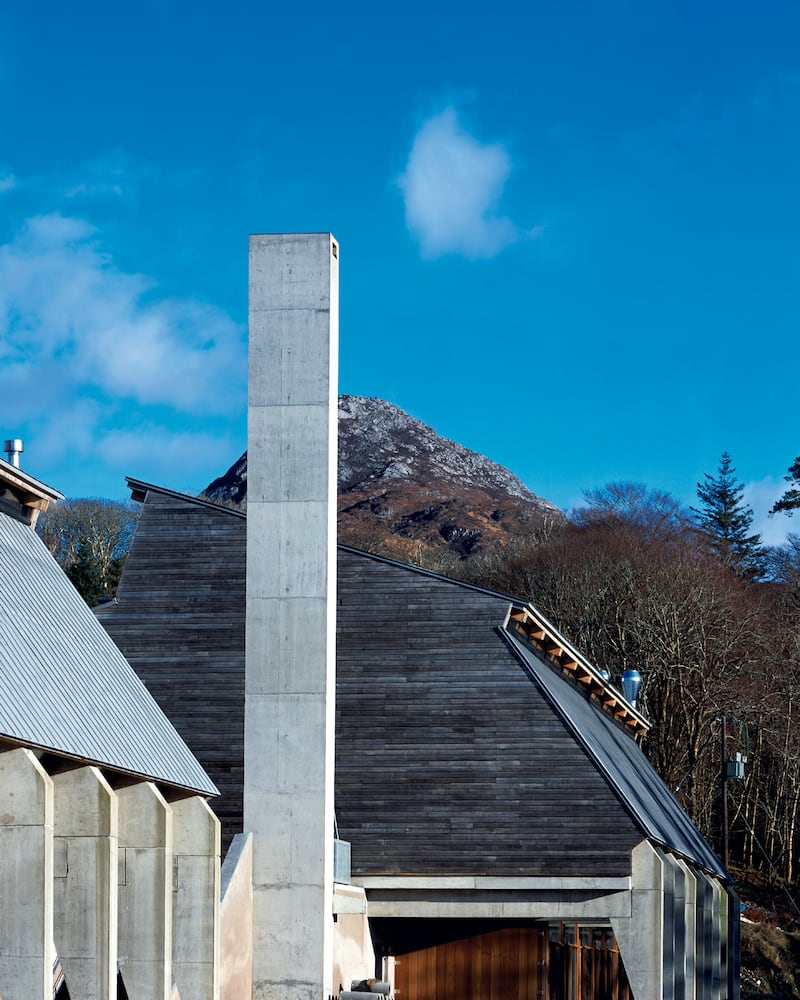
After graduating from UCD, London, this time with O’Donnell, opened itself up through flat rentals, cafes, bars, clubs and gigs, as all the best cities do, so long as they remain affordable. Tuomey joined the office of Sir James Stirling in 1976, having sent “nine postcard-size black-and-white drawings, together with a handwritten letter”. “Nice drawings,” the famous architect replied. “When can you start?”
“People who didn’t work with him said that they thought he was grumpy and gruff,” Tuomey says. “But I think, on the inside, he was a big softie. He was shy. But once you were in you were kind of in the family.” When Stirling went away Tuomey and O’Donnell would mind his house. Stirling died in 1992. “I still miss him. I wish I could show my new work to him. He had such amazing judgment.”
Tuomey recalls presenting Stirling with drawings, and he’d say: “‘Yes, this one, but turn it the other way.’ And he’d be right.” Stirling also gave the young architects on his team a great deal of responsibility: Tuomey ended up going to Geneva to present a scheme to the United Nations.
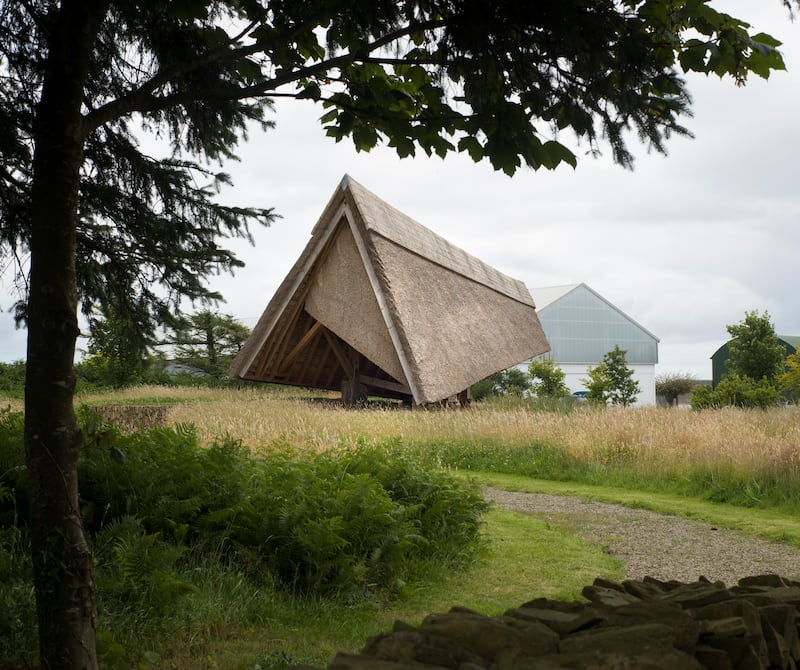
He is eloquent about the flaws in the current Irish system that effectively excludes young architectural practices from many public projects. O’Donnell + Tuomey’s 1995 Ranelagh Multi-Denominational School has won a slew of Irish and international awards, but under current procurement rules they wouldn’t have been eligible for the project.
Similarly, Tuomey recalls the day he received the call to tell him that Group 91 had won their bid to redesign the key buildings of the Temple Bar area as a cultural quarter for Dublin. “We went to the Temple Bar,” he says, referring to the pub. “It was just a room back then. There were pints. Many pints.”
Group 91, which included McCullough Mulvin, Grafton, Derek Tynan, Shay Cleary and more, today reads like a roll-call of Ireland’s best established architects; such a young ensemble, as they were then, would be incredibly unlikely to be awarded such a high-profile public project today.
What else has changed? While Tuomey is justly proud of O’Donnell + Tuomey’s work today, he says that time has given him a keener eye to the smaller shifts in angle and line that can add poetry and life to a building. He loves the practical challenges presented by theatre design, and prefers designing housing to houses, making a difference to multiple lives. He is working on three housing projects for Dublin City Council, and as he speaks of the thought and consideration that go into creating thresholds opening to living spaces, connecting neighbourhoods and shaping streetscapes, he says he “feels more useful doing public work. To build a bit of your own city? Yes, that’s it. I couldn’t be happier.”
First Quarter is published by Lilliput Press on Thursday, October 19th



















